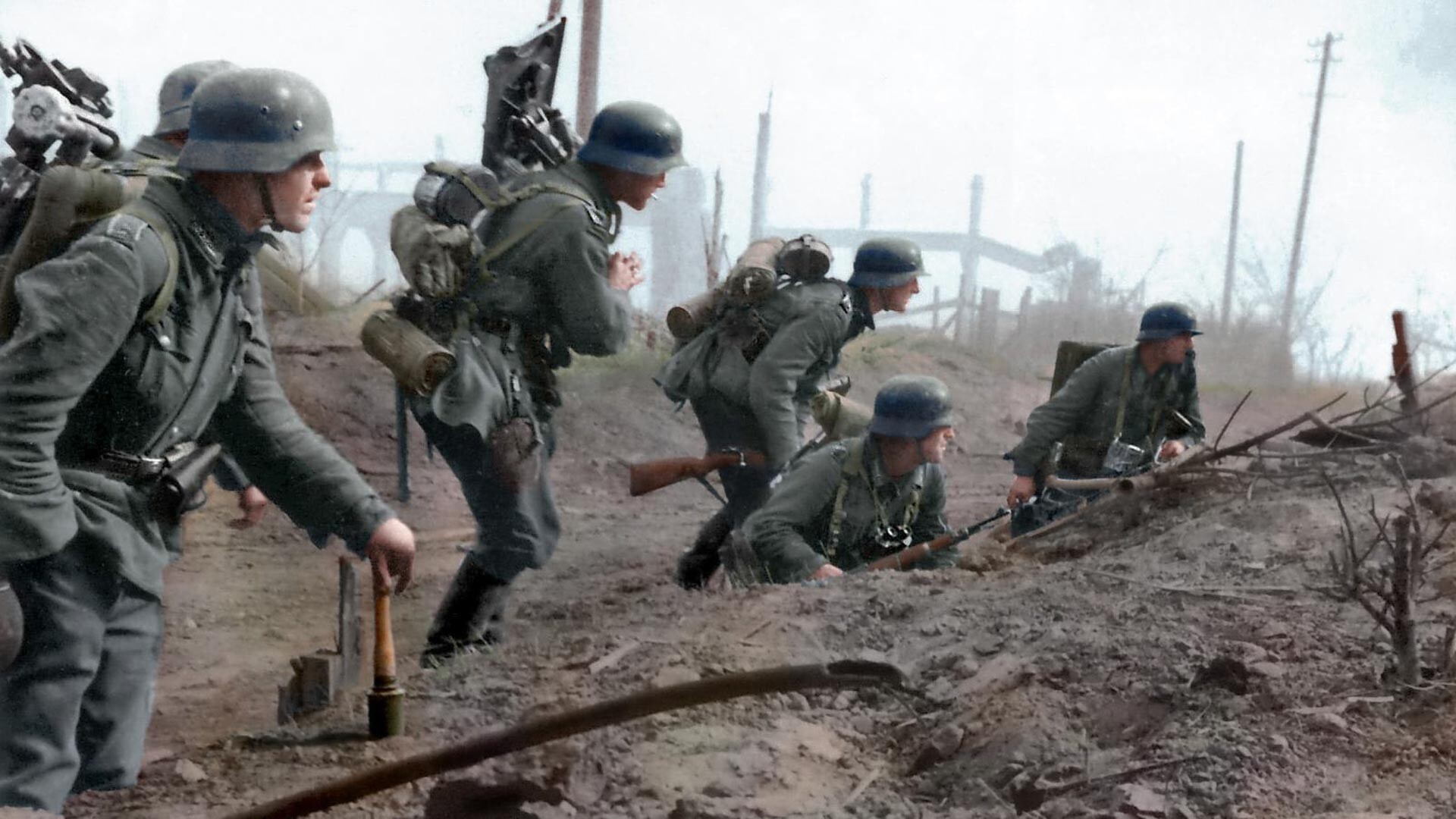
German infantry in Stalingrad.
Public DomainAfter their crushing defeat outside Moscow at the end of 1941, the Germans were forced to reconsider their fundamental approach to the conduct of the war against the USSR. There could no longer be any talk of a simultaneous offensive along the entire length of the Soviet-German front, as was the case at the initial stage of ‘Operation Barbarossa’. It was necessary to choose one priority direction of attack and, in the end, the south became such.
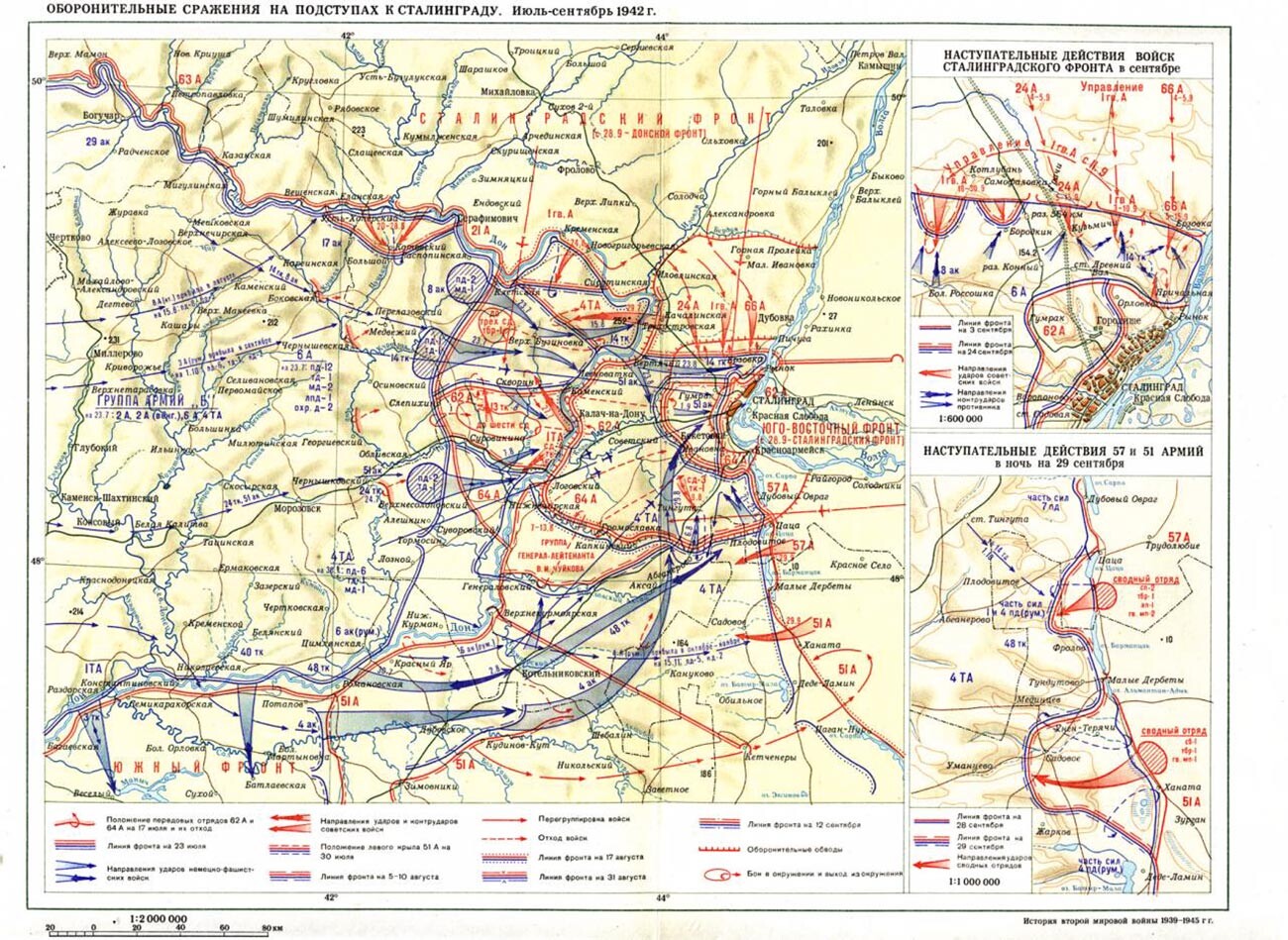
The Battle of Stalingrad.
Archive photoUnder the ‘Case Blue’ plan approved by Hitler on April 5, 1942, the Wehrmacht was to break through from the territory of eastern Ukraine to the very rich Soviet oil fields in the Caucasus (they accounted for over 70 percent of the USSR’s entire oil production). Capturing them could have literally immobilized the Red Army and fully satisfied the needs of German industry, which, by that time, was already experiencing a shortage of this precious raw material.
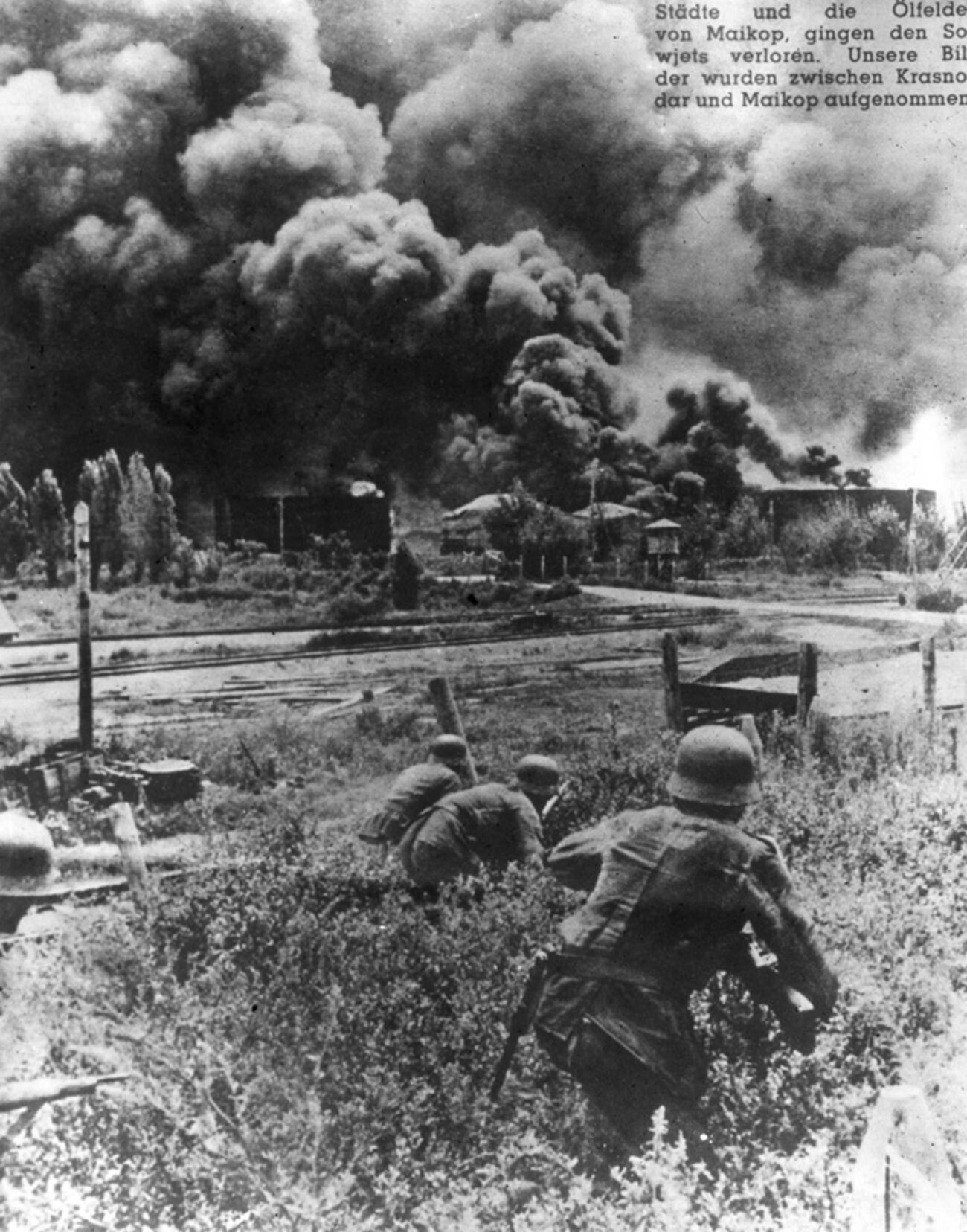
German troops near Maykop.
Public DomainThe operation to seize the oil fields could not be accomplished without reliable flank cover. The German troops were to reach the rivers Don and Volga, where they would be able to build a strong defense. Stalingrad was to play a key role in this defensive system. In addition, seizing this major industrial center and transport hub would have made it possible to cut the Caucasus off from central regions of the USSR.
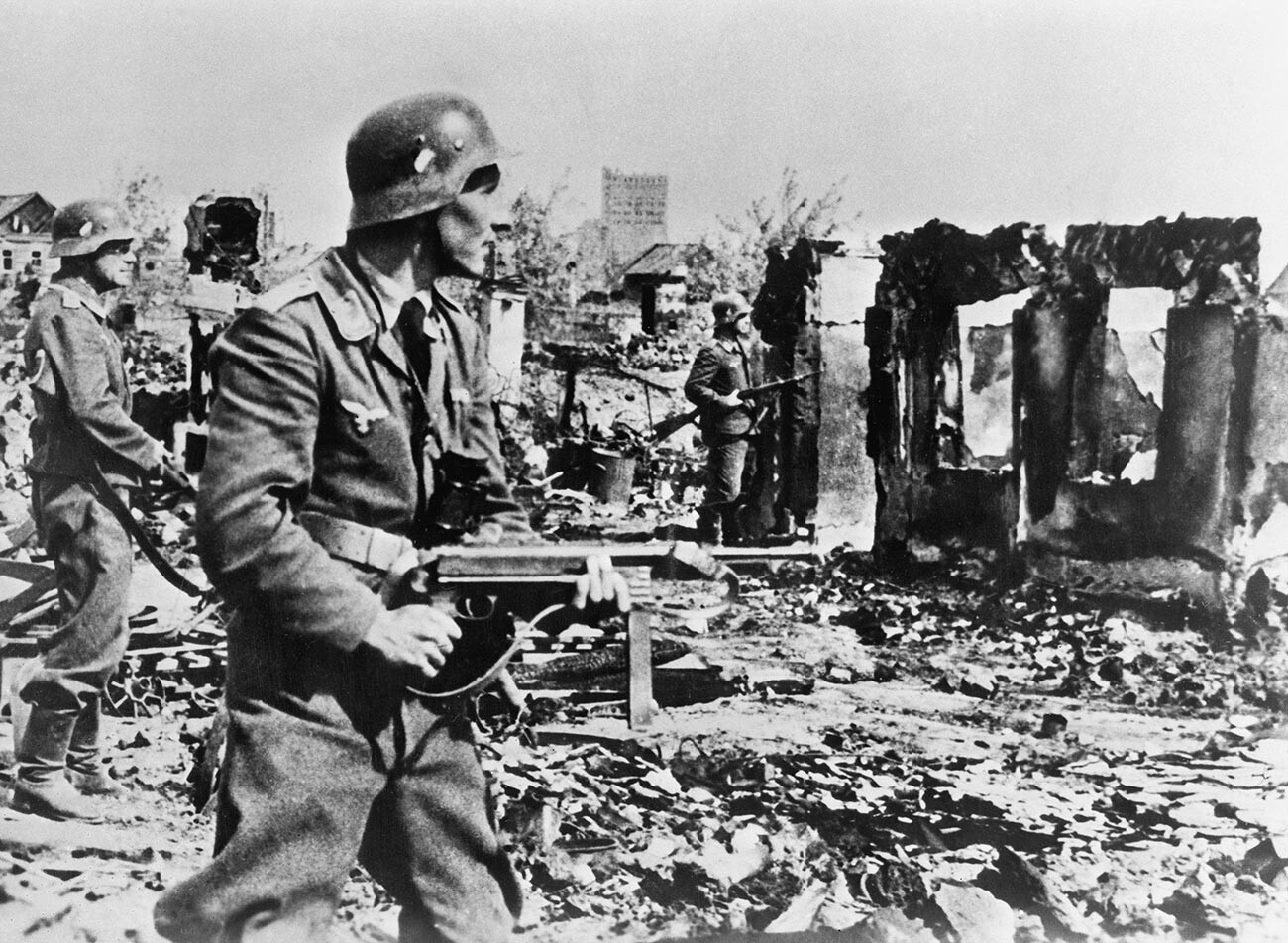
German infantry.
BundesarchivThe Soviet leadership had no information about when and where the Germans would strike next. “I. V. Stalin allowed for a variety of possible actions by the enemy, but believed that, in all cases, the goal of the Wehrmacht’s operations and the general direction of its offensive would be Moscow,” according to General Sergey Shtemenko, who served in the Operations Directorate of the General Staff. German intelligence fueled this belief in every way and even successfully carried out ‘Operation Kremlin’ to mislead the Soviet leadership about the upcoming offensive.
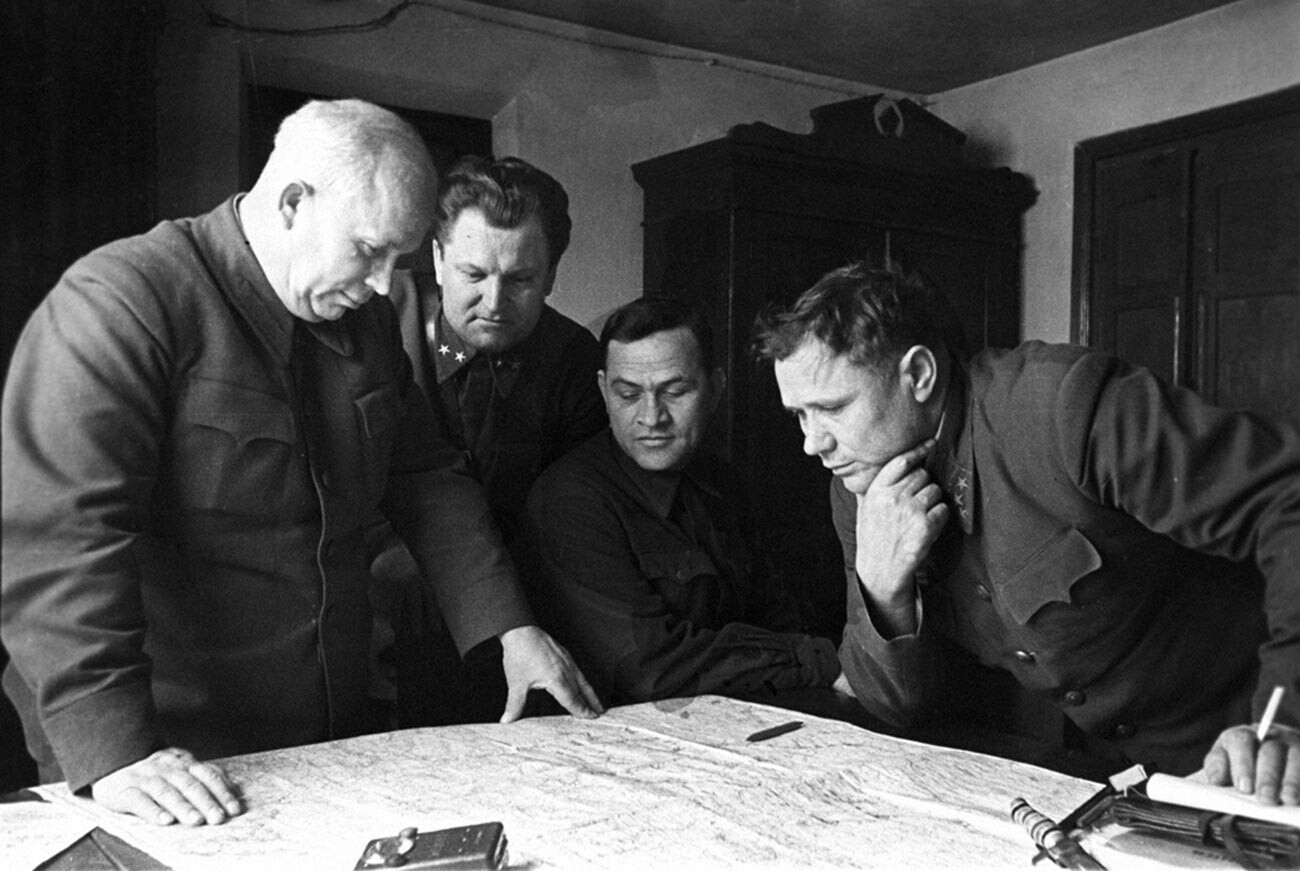
The members of the Military Council of the Stalingrad Front.
Oleg Knorring/SputnikThe situation on the southern flank of the Soviet-German front became significantly more difficult for the Red Army after the failed attempts by Soviet troops to liberate Kharkov in May 1942. About 270,000 were killed, wounded or taken prisoner. Nevertheless, the Supreme Command in Moscow was still reluctant to redeploy major reserves from the Western Front to the south. It didn’t change its decision even when, on June 19, air defense forces shot down the plane of Major Joachim Reichel, the chief of operations of the German 23rd Panzer Division, near the front line and the details of part of the ‘Case Blue’ plan fell into Soviet hands.
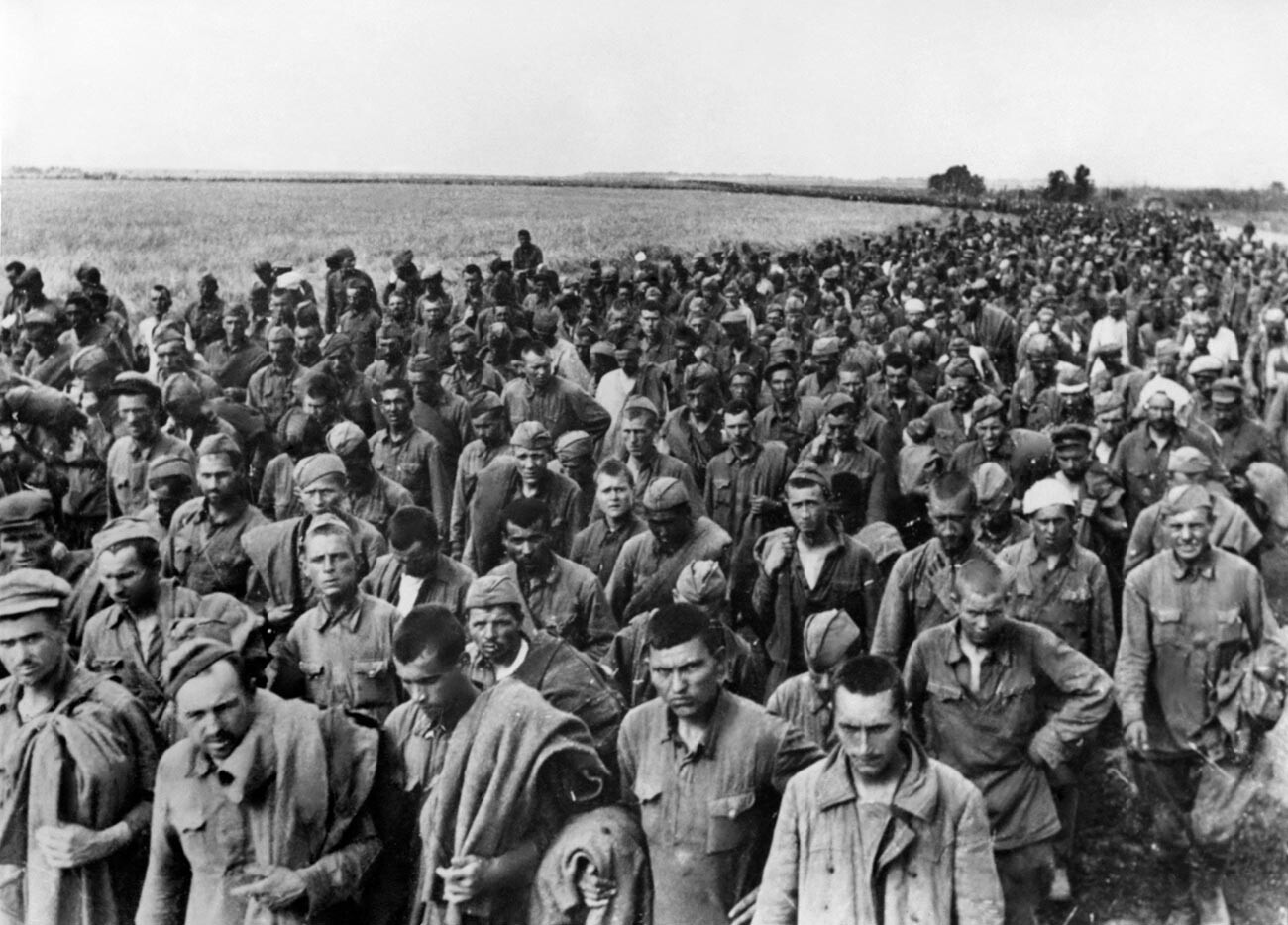
Soviet POWs.
Public DomainAs a result, on June 28, following massive air and artillery bombardment, the German Army Group ‘Weichs’ sprang a surprise on Soviet troops by launching an attack at the dividing line between two armies of the Bryansk Front. Breaking through their defenses, it made a dash in the direction of Stary Oskol and Voronezh. Two days later, the 6th Army of General Friedrich Paulus successfully broke through the positions of the Southwestern Front. “The offensive is progressing quite satisfactorily,” Franz Halder, chief of staff of the German Army High Command, noted in his diary. “The enemy forces at the front are numerically weak, but, in some places, they are disposed in depth.”
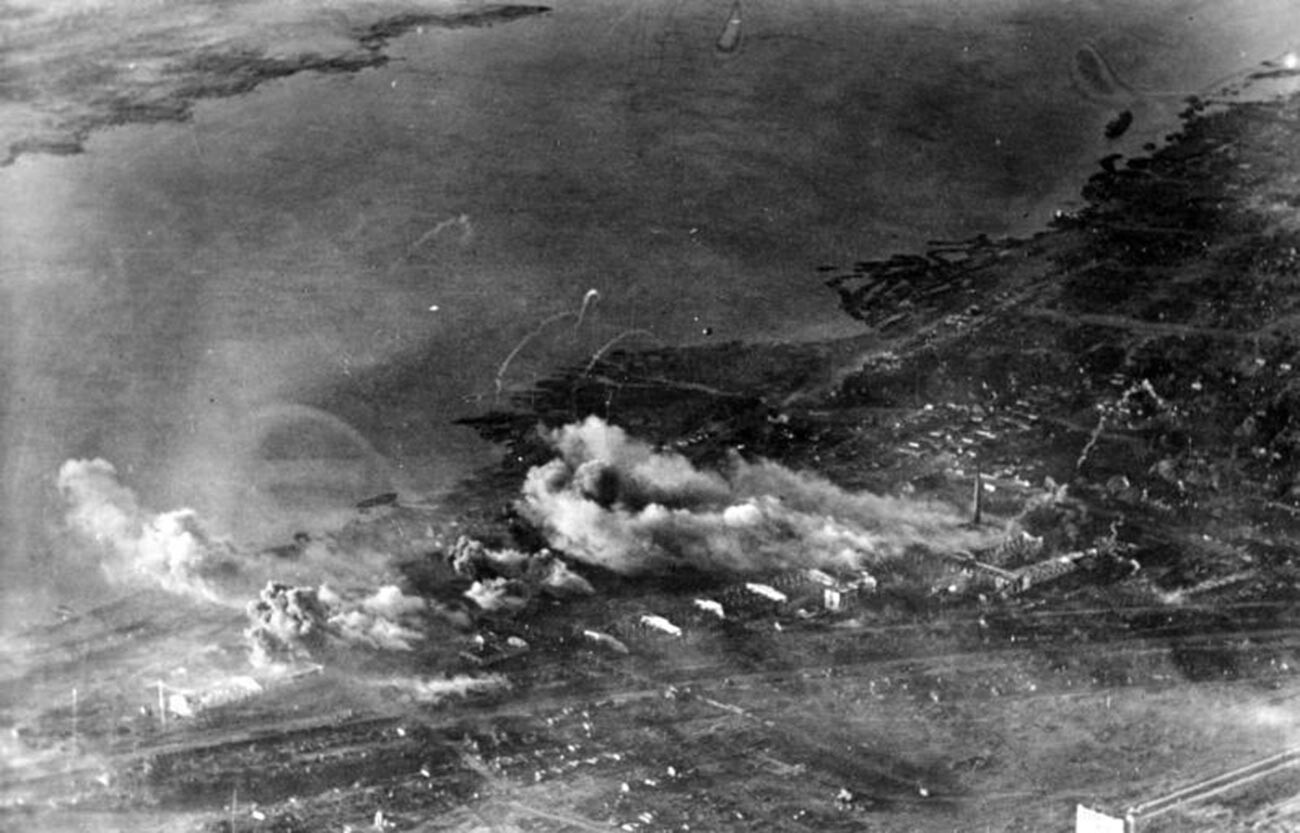
Staingrad under attack.
BundesarchivFollowing the Wehrmacht’s unexpected advance, command and control of troops was partly lost on several Soviet fronts and contact severed with a number of military formations. The Soviet command’s hasty redeployment of reserves to the south proceeded tardily and this did not allow a strong counter-strike to be mounted against the Wehrmacht. The tank corps that were arriving in the combat zones were sent into battle piecemeal and without coordination. The ineffectiveness of their operations was such that, at one point, Marshal Semyon Timoshenko was forced to order them to “stop grinding down their tanks in head-on assaults on the heavily fortified positions of the enemy”.
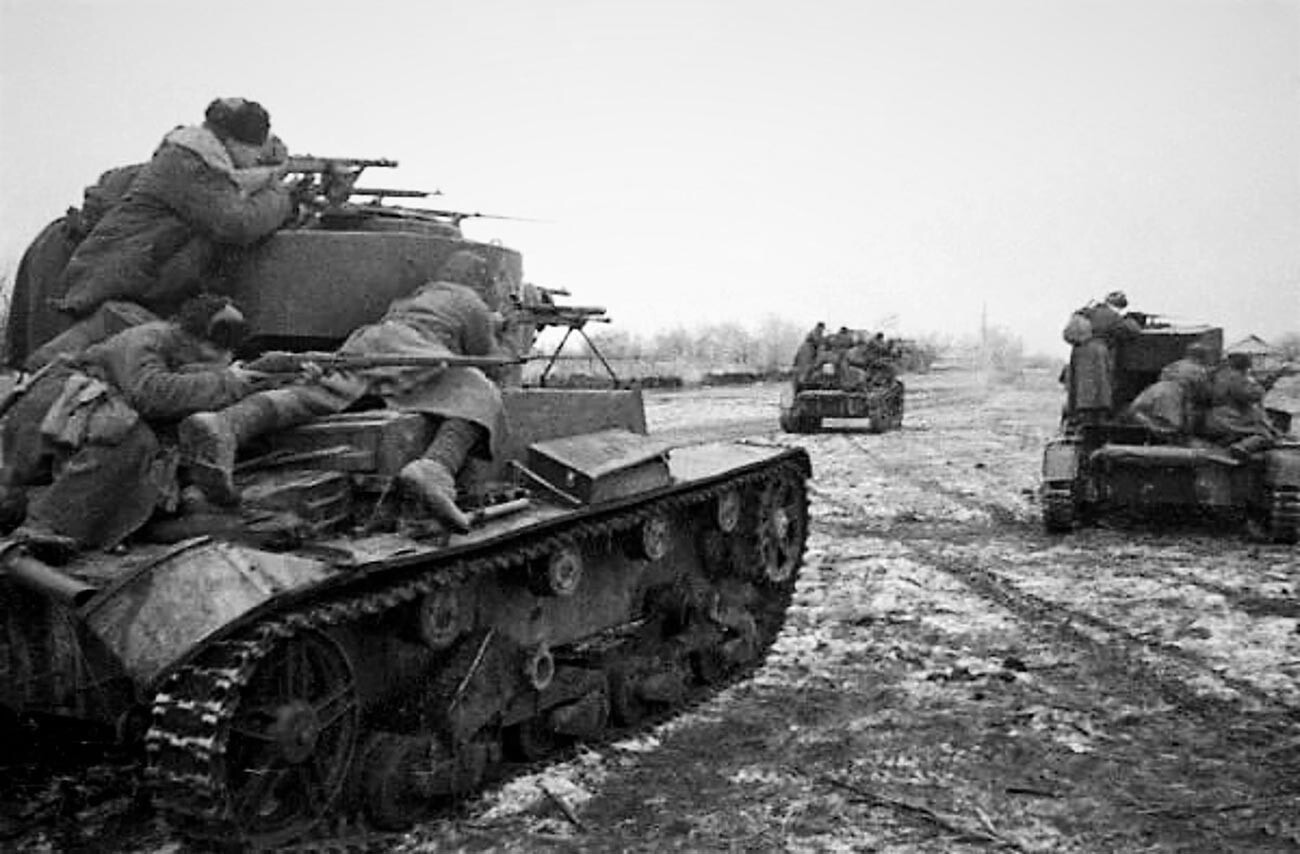
Soviet troops during the attack.
Vladimir Ivanov/SputnikBy July 6, the Germans had already seized a large part of Voronezh. The battles for the city demanded much more time and effort from them than they had anticipated. Stubborn resistance from the defenders did not allow the 48th Panzer Corps to swing south in time and take part in the encirclement of the retreating Soviet forces. Voronezh failed to be fully captured by the enemy and attacks by the Red Army were mounted there for the entire duration of the Battle of Stalingrad.
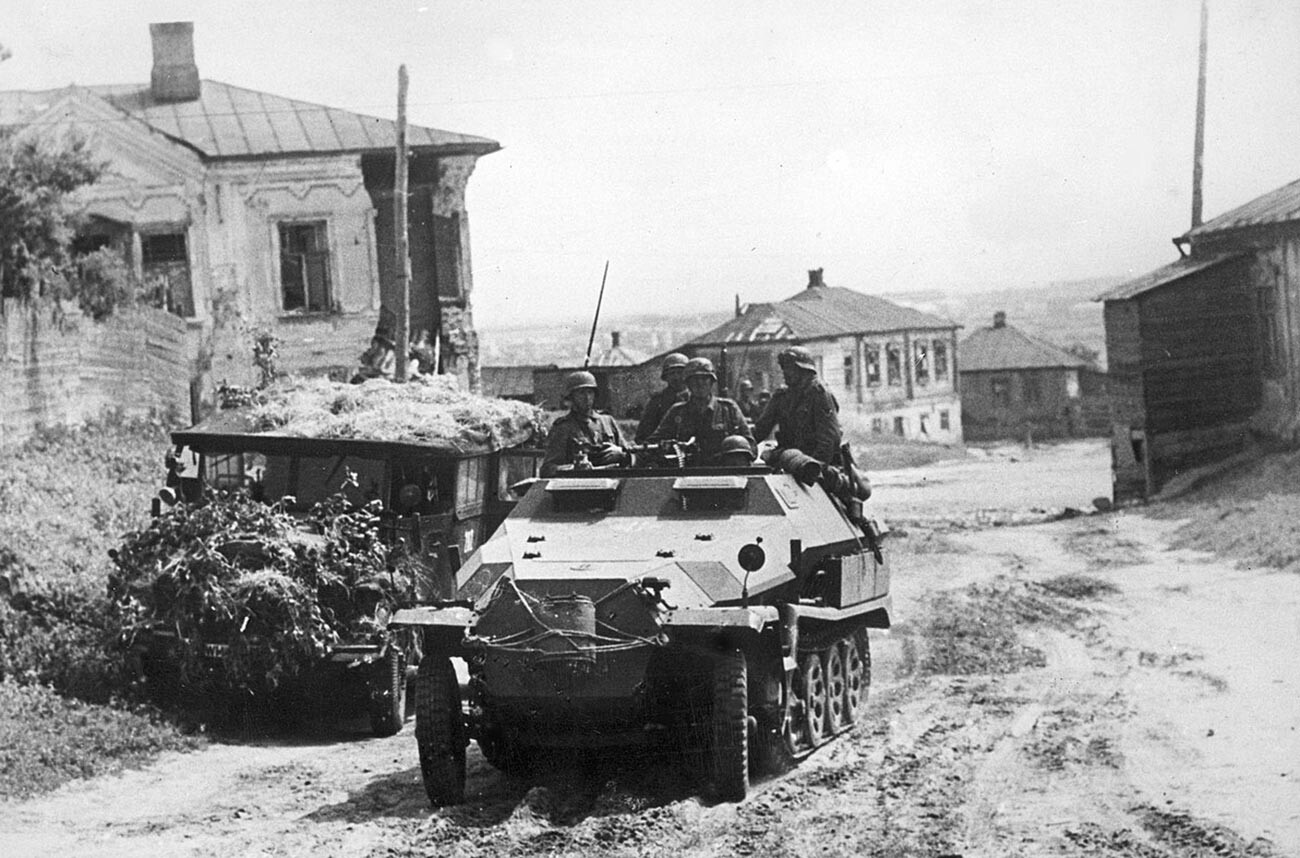
German troops in Voronezh.
Public DomainTwo Wehrmacht army groups were advancing in the Caucasus and Stalingrad directions, rapidly covering hundreds of kilometers and cutting off tens of thousands of Soviet soldiers from their main forces. The re-energized German “blitzkrieg” in the south of the Soviet Union shocked the country’s leadership. In consequence, on July 28, 1942, Stalin signed Order No. 227 ‘On measures to reinforce discipline and order in the Red Army and to prohibit unauthorized withdrawal from combat positions’, widely known as the ‘Not a step back!’ order. The measures entailed the formation of penal battalions of servicemen guilty of breaching discipline and also the deployment of blocking detachments “directly in the rear of unstable divisions”.
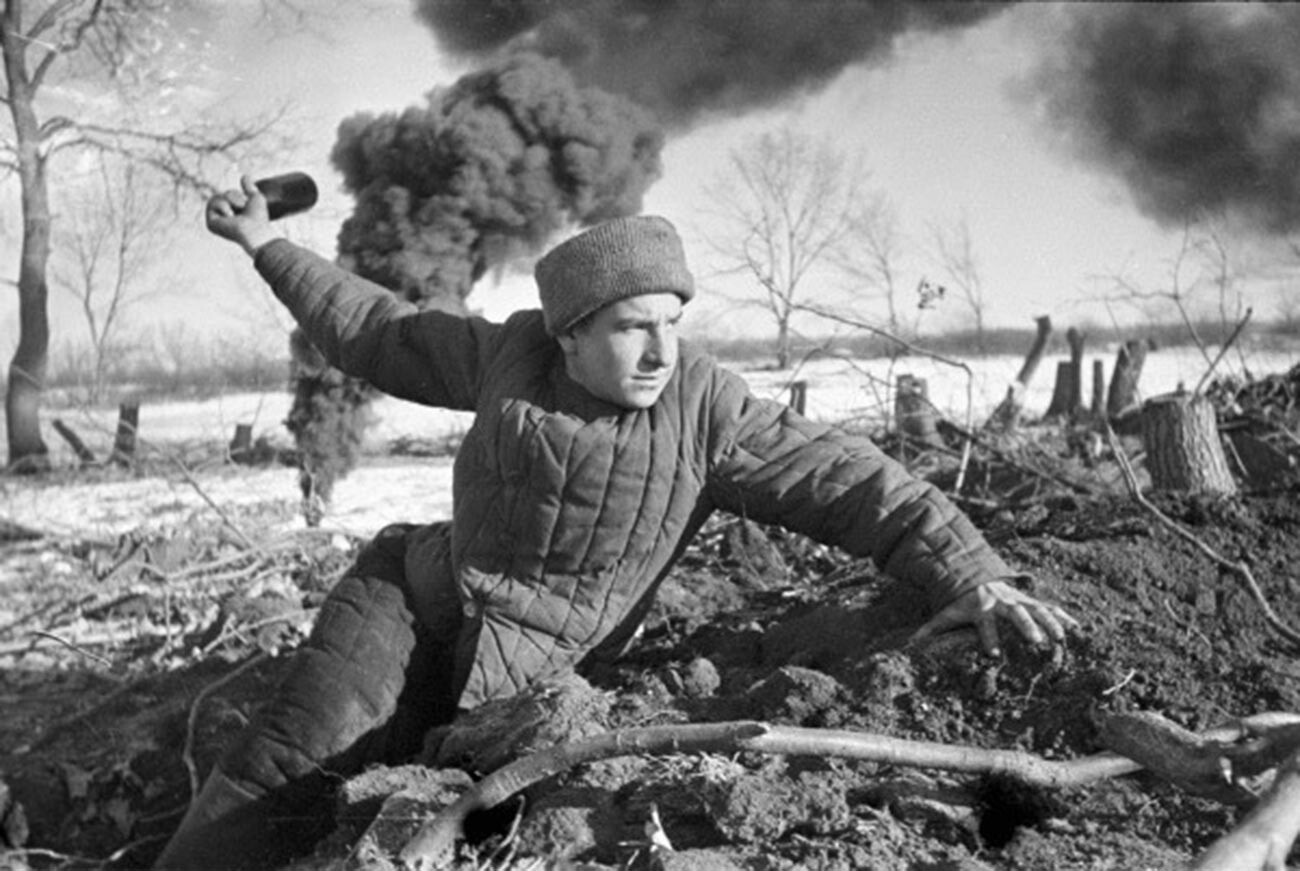
Soviet soldier.
Georgy Zelma/SputnikWhile conducting arduous rearguard actions, the Soviet troops fell back to the River Don, beyond which, just a stone’s throw away, lay Stalingrad. “Troops and commanders heroically cleared the way to the east, experiencing the severest shortages of both bread and ammunition,” recalled 28th Army commander Gen. Dmitry Ryabyshev. “In continual battles lasting many days against superior forces of infantry, tanks and aviation, the army formations suffered very great losses. When they reached the banks of the Don they had been bled quite dry.”
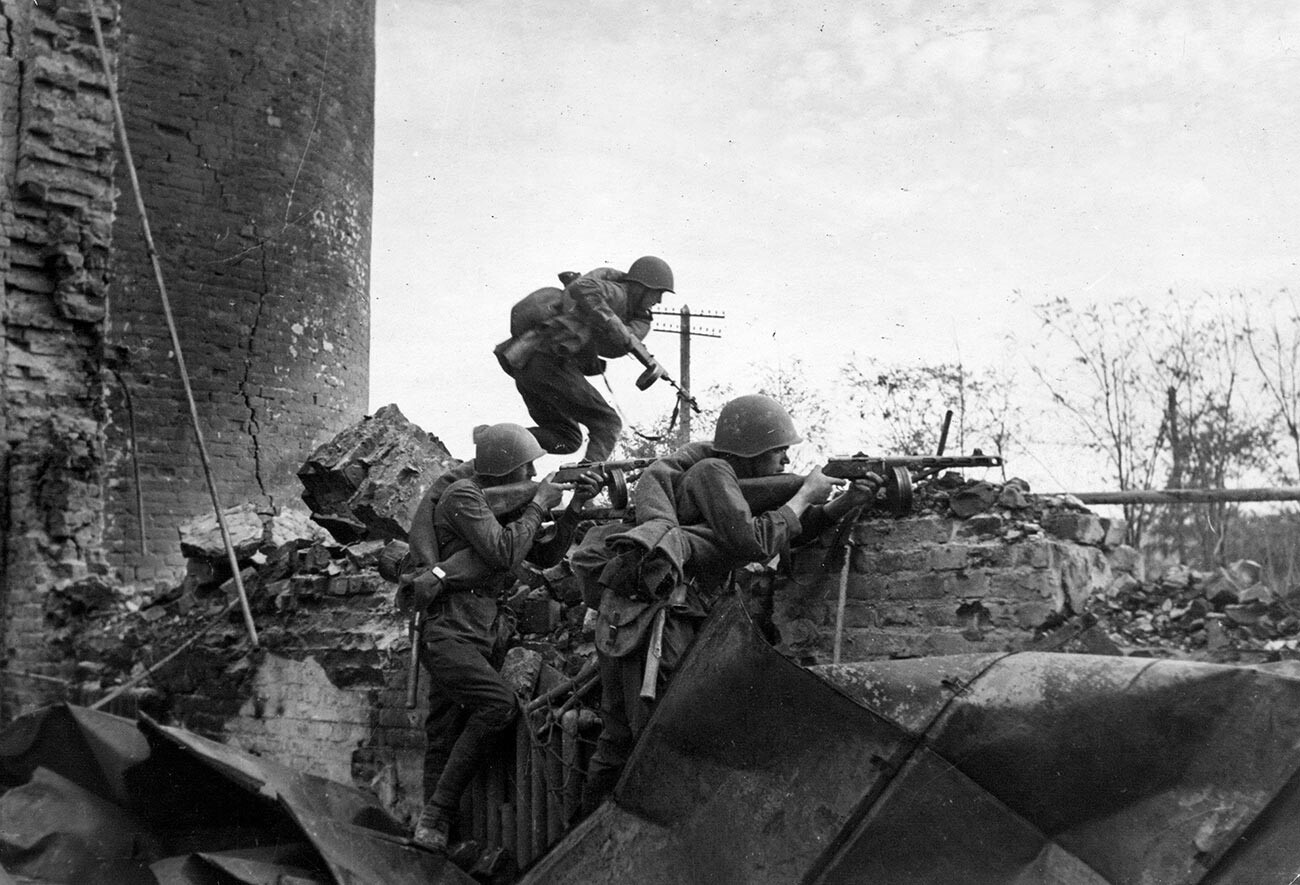
Soviet infantry in Stalingrad.
Public DomainIn the course of battles in the area of the large and small bends of the River Don in July and August 1942, Paulus’ 6th Army and Hermann Hoth’s 4th Panzer Army overcame fierce resistance by Soviet troops and made a dash for the Volga. In early September, the German grouping, still a mighty force, despite being bedeviled by constant Red Army counter-attacks and having noticeably dissipated its attacking zeal, was drawn into bloody street fighting in Stalingrad, in which the Germans had to pay a high price for every meter of ground captured. And with it, the key stage of one of the most important battles of World War II had begun.
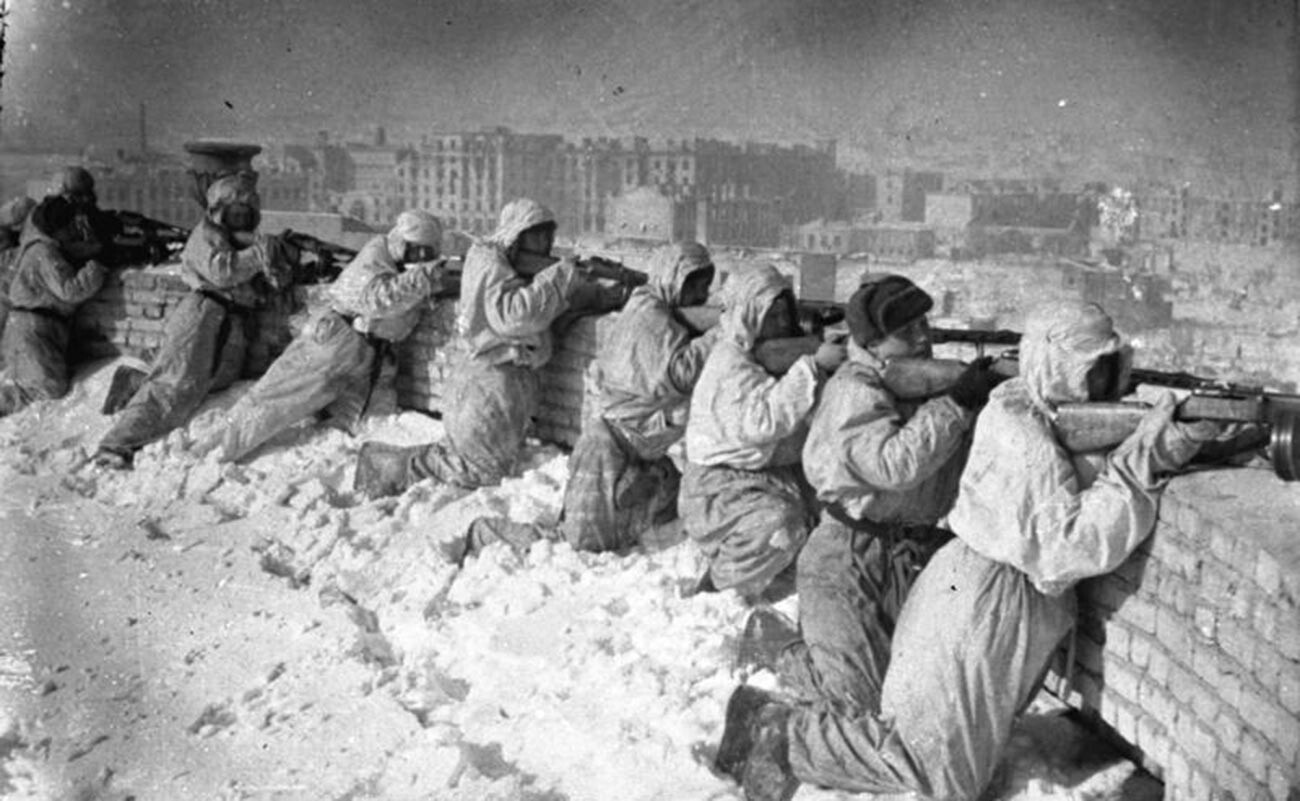
Soviet soldiers in Stalingrad.
BundesarchivIf using any of Russia Beyond's content, partly or in full, always provide an active hyperlink to the original material.
Subscribe
to our newsletter!
Get the week's best stories straight to your inbox